Explore the painting process of contemporary artist Zoey Frank in the following article.
Palimpsests
BY ZOEY FRANK
Lately, I’ve been exploring the process of painting through observing changes in mundane environments, in spaces born out of functional choices rather than aesthetic ones. No facade, no frills. Their ordinariness forces me to make compelling images without relying on the power of the subjects themselves. The process is my only tool. By process, I’m specifically referring to pictorial space, value structures, and formal color relationships—to the way these elements can generate affect and imply narrative.
For my painting “Taboret” (above), I did none of the preplanning that I had often done in the past. I began the painting on two repurposed canvases from my studio, working from direct observation. I painted the changes taking place on my studio taboret as I used the tubes of paint, the brushes, the paper towels, and all of the other tools I kept on it.
As the painting developed, I realized that the composition would be more dynamic if it included a larger view of the room surrounding the taboret. To accommodate the additional space, I mounted the two canvases onto a larger panel. In the final piece, the viewer can see both cropping choices—my first impulse, and the more measured final image. The pictorial space accommodated the realities of the subject, not the other way around. I like that these decisions remain on the surface.
My formal art training began at an atelier, where I studied a painting technique based on the nineteenth-century French academic approach. It was the old historical painters that made me want to be an artist in the first place, so I knew I wanted to learn their foundations of painting. My previous work sprang directly from this more traditional approach.
I have always been fascinated by unfinished masterworks—they feel open and vulnerable, allowing the viewer to get a glimpse into the mind of the artist. I wanted to create finished paintings but to leave the work in various degrees of resolution in order to let the viewer see behind the curtain. To force my hand, I knew that I had to change my process. I wasn’t entirely satisfied by the very linear steps that went into executing my earlier images, though the paintings did capture what I wished to express.
With my new work, I wanted my process to feel more immediate and open, and for my working surface to take on additional layers of complexity. I wanted to let the paint be paint more.
In Section A and Section B, I worked outside, in the large parking area beneath my studio. A group of us artists used this garage space, fitted with a workbench and various implements of necessity, so I had very little control over what changed. Many objects were moved in and out of the spaces, but I didn’t capture every development; instead, I chose to add and subtract objects based on what I felt the image needed in order to be compositionally balanced.
It was frustrating at times when things moved, but it created unexpected opportunities as well—compositional ideas that I wouldn’t have thought of if I was setting up a scene to paint. Painted in a homogeneous palette, I needed to add character through a careful examination of the value relationships going on in this space under a building. I specifically focused on the value relationships of one form to another, and the subtle differences in warm to cool surface color from the wood surfaces to the concrete ones.
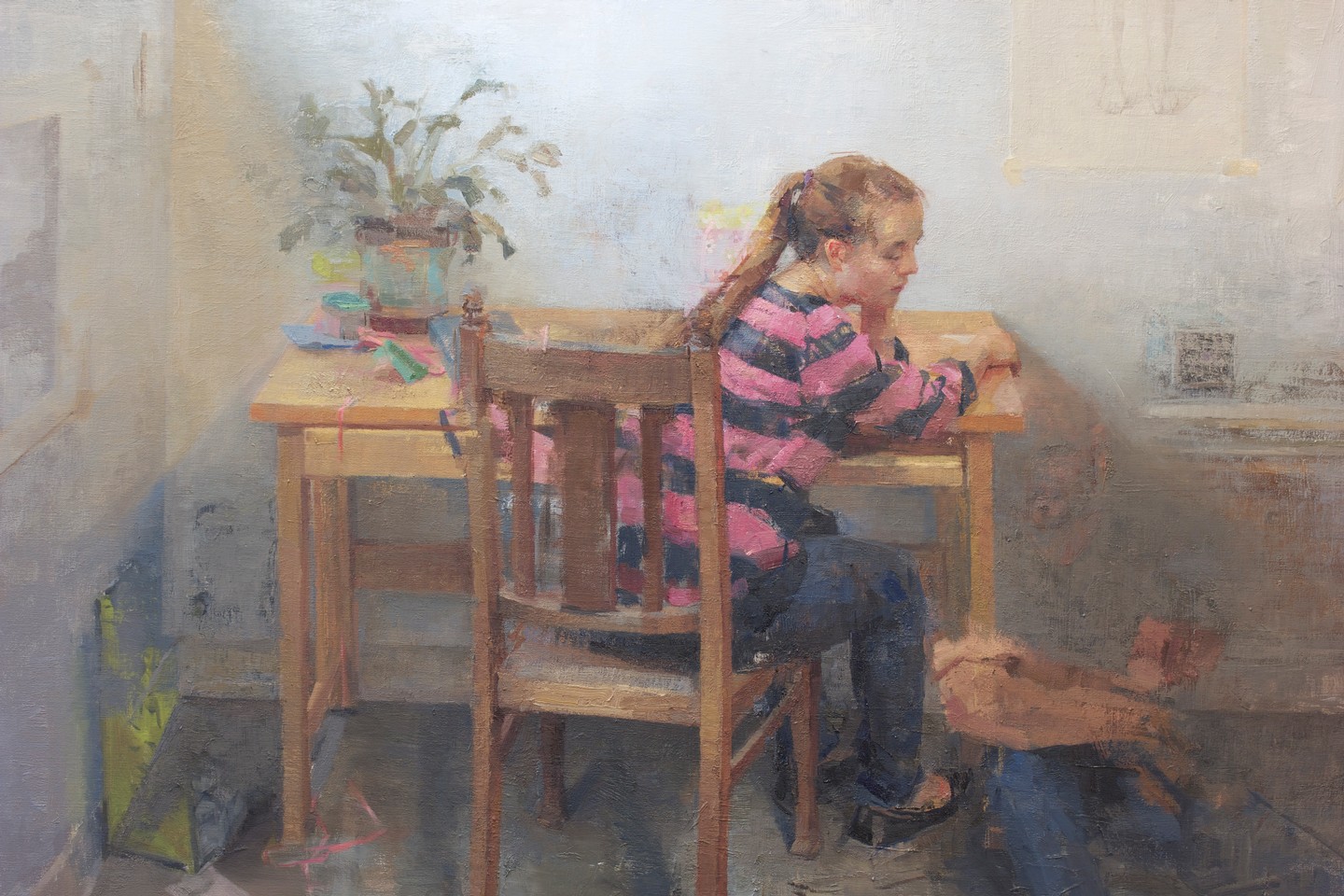
While working on “Girl with Striped Shirt,” I experimented with taking pictures of my progress. What resulted was this video. Sequential images naturally create narrative while paintings have to work so hard just to imply it.
As intended, I found myself increasingly comfortable with changing and moving elements in the painting, because I knew that no stage of the image would be lost completely. My camera would capture it all. This freedom to re-cover large sections of my paintings continued into my next images, though no record remains.
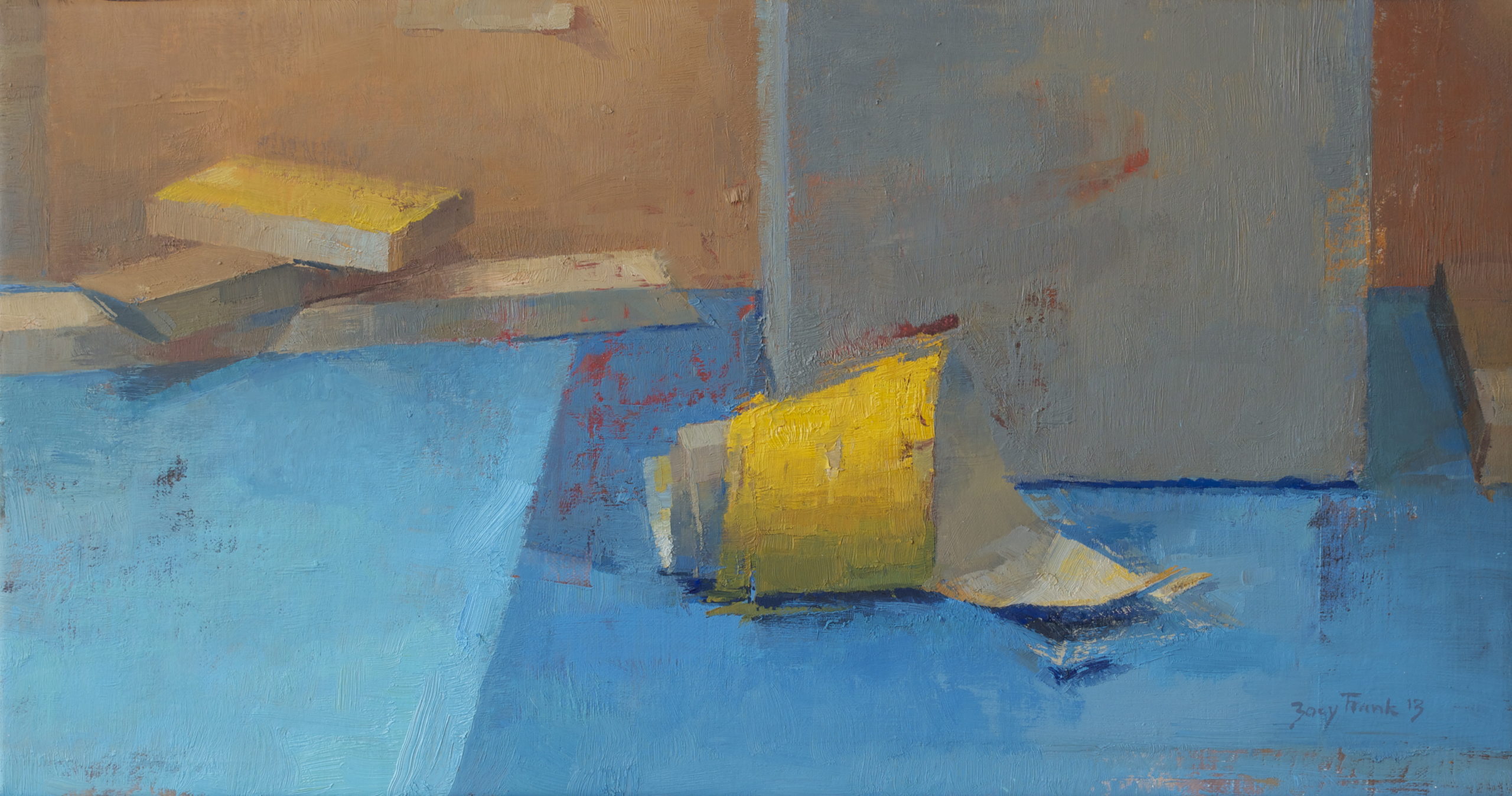
For years, artist friends have been teasing me about my neutral palette, and I finally relented with a series of bright color studies. In “Yellow and Blue,” I set up still lifes with colored construction paper and bright objects, so that I could study how to compose with large masses of color. I found that I liked color more than I thought I did.
Each time I begin to solidify around a defining feature of my work (like being a value-oriented painter rather than a colorist), I want to try out that other side. Even if I eventually revert back to my natural inclinations, the resulting work is invariably informed by a new bit of insight.
I’m currently in the middle of more experiments of the sorts I’ve written about here. My goal is to make my career a series of investigations which expand my visual language. Through these experiments I hope to articulate the visual world more directly, clearly, and personally.
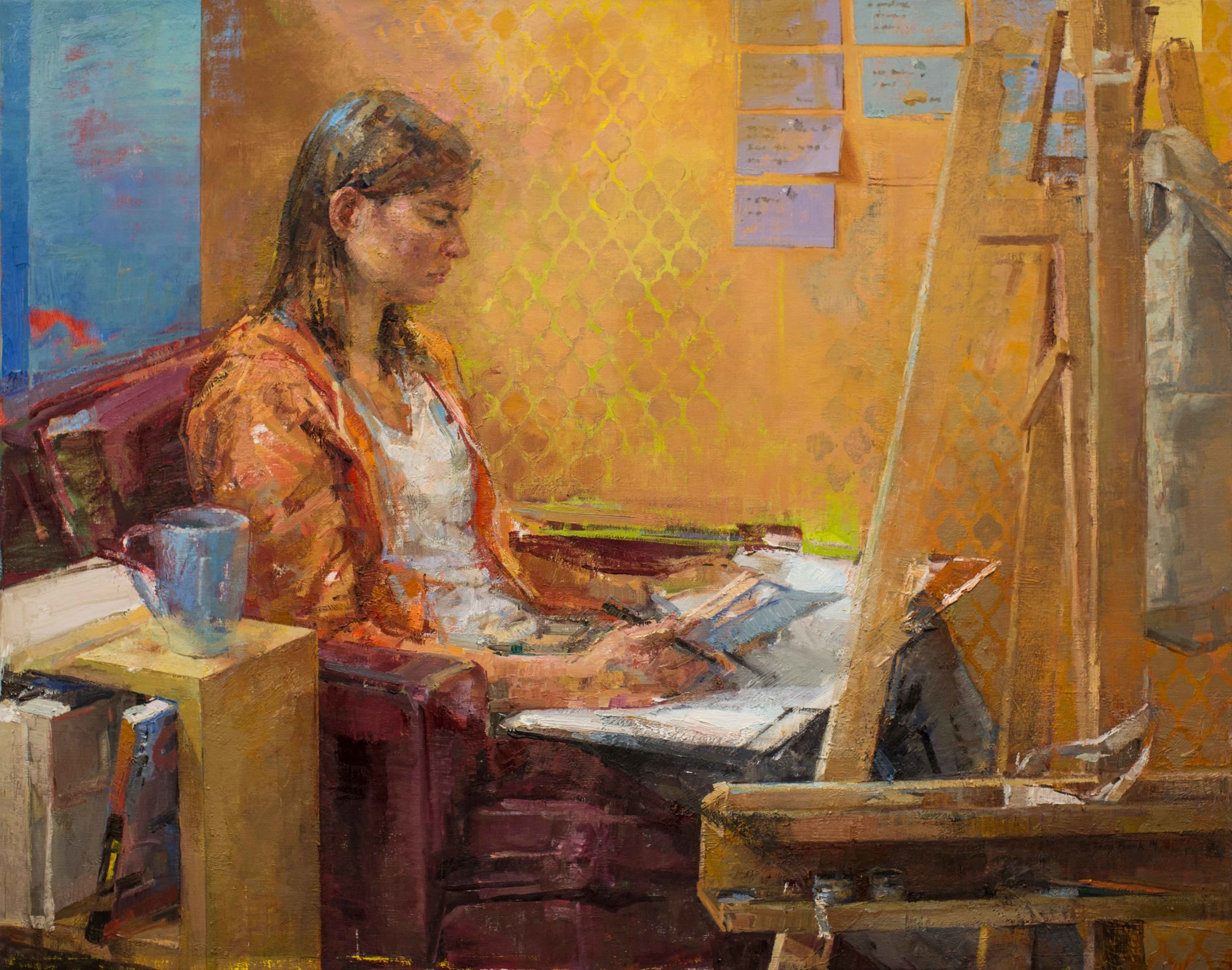
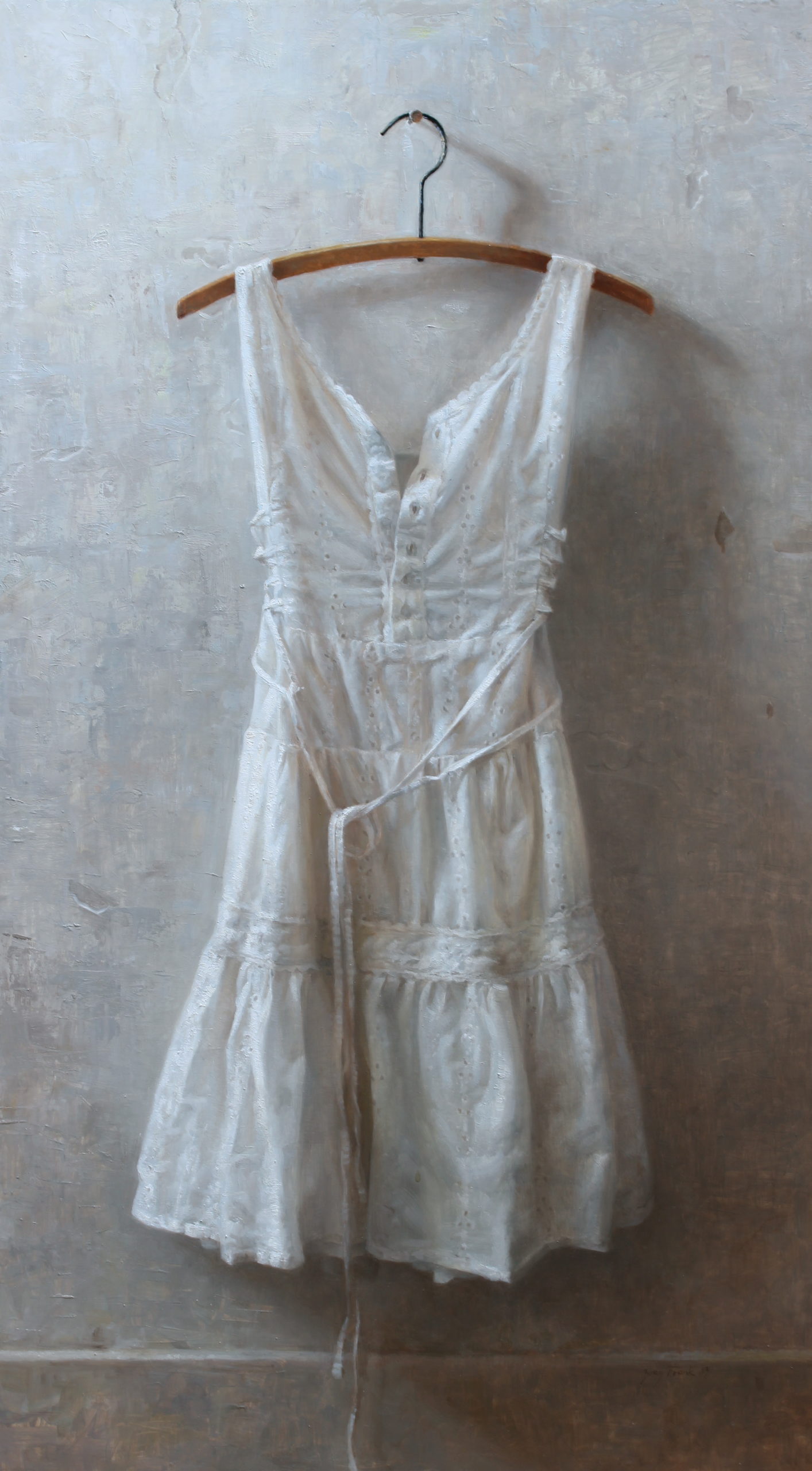
This article was originally written for Artists on Art magazine (Summer, 2014). Learn more about Zoey at: www.zoeyfrank.com
Related Article:
Visit EricRhoads.com (Publisher of Realism Today) to learn about opportunities for artists and art collectors, including:
- Art retreats
- International art trips
- Art conventions
- Art workshops (in person and online)
- And more!


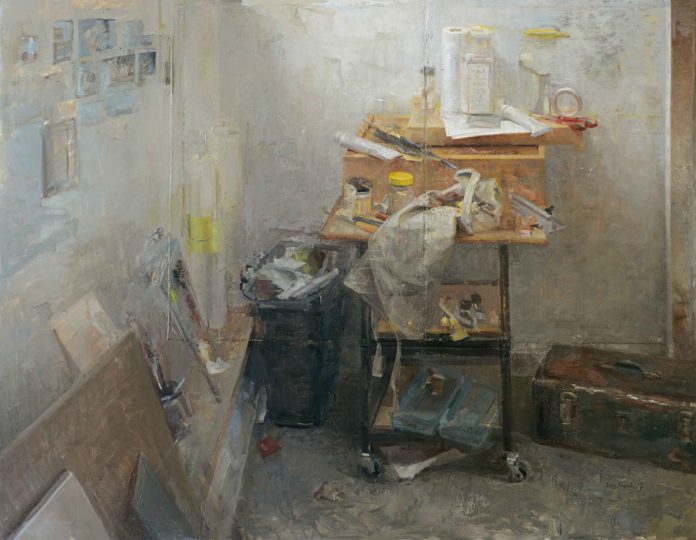
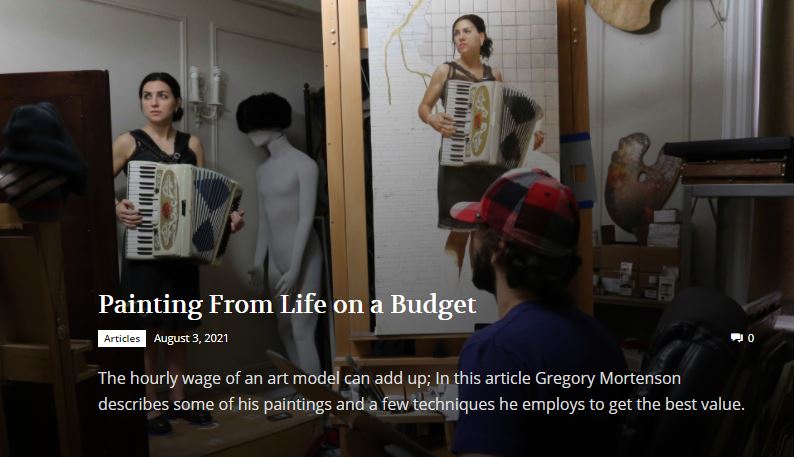
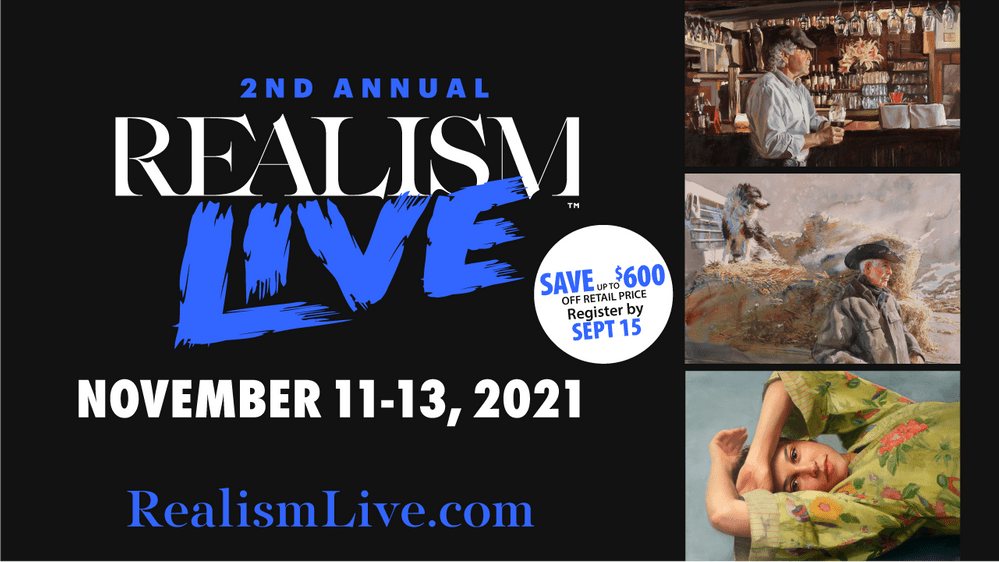




Thank you 🙏❣️
Comments are closed.